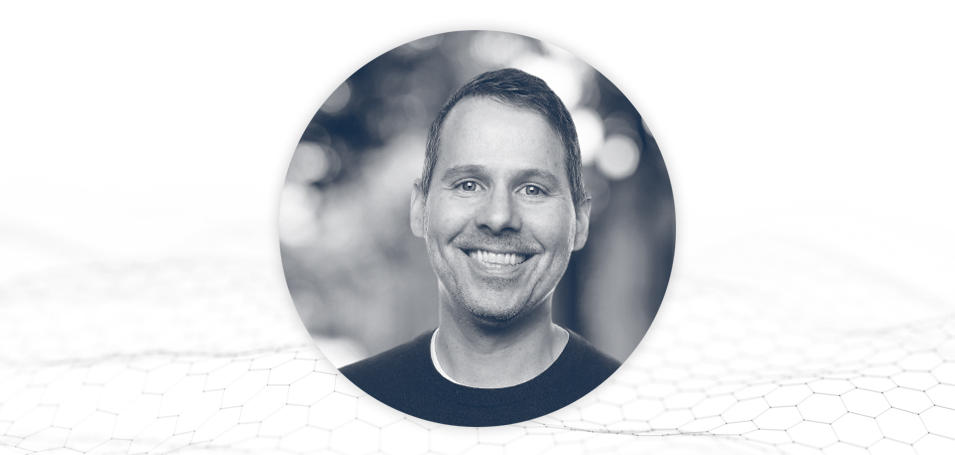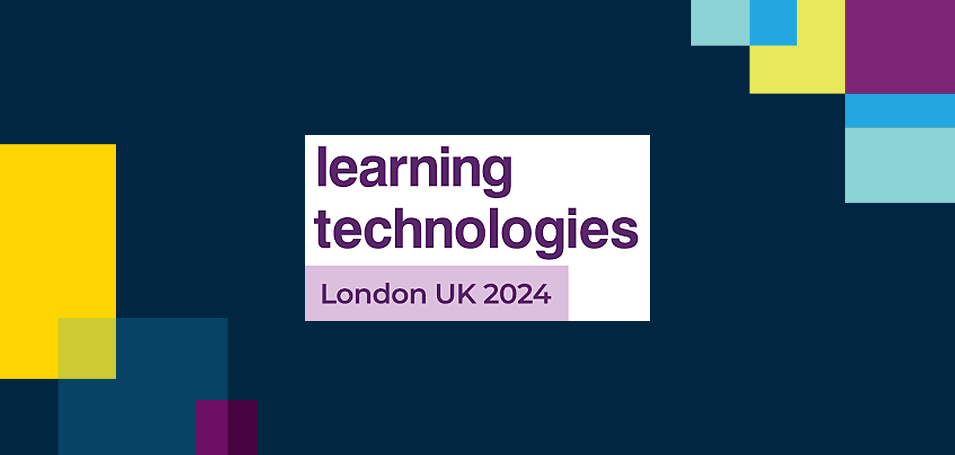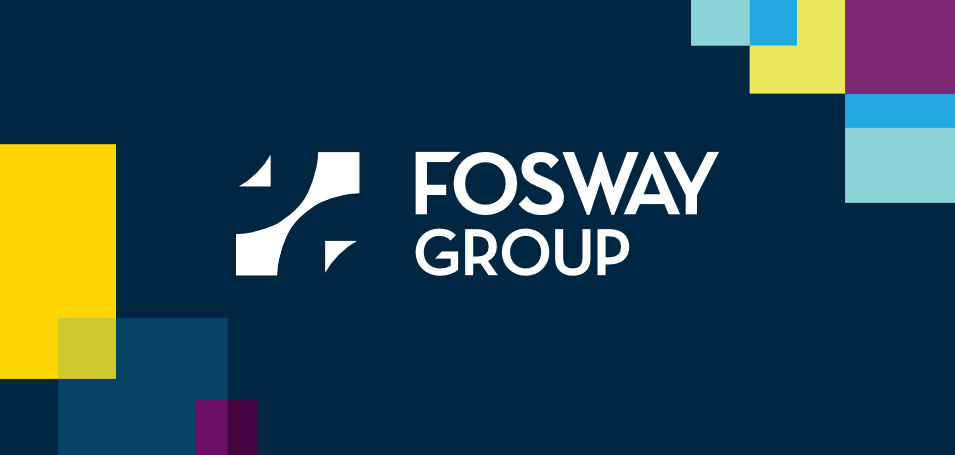Digital transformation can be challenging for training businesses, especially as we enter 2024. According to recent research at Thought Industries, 29% of training organizations are struggling with too many competing tech platforms, and 28% say they are lacking critical technology that can deliver on key priorities.
As Chief Customer Learning Officer at Scaled Agile, I get a front-row seat to many of the challenges and benefits of digital transformation. Leading the charge to modernize our learning solutions is our Senior Director of Learning Strategies & Solutions, Brandon Burtner. The two of us sat down with Thought Industries to discuss our own digital transformation journey, as well as how to personalize training for learners at scale. You can watch the full conversation here, and keep reading for your highlights!
Learning from the Scaled Agile Journey
Since 2010, Scaled Agile has been working to support businesses in scaling the Agile methodology across their organization using SAFe, the Scaled Agile Framework.
As part of our overall digital transformation and a broader journey to make learning more flexible, accessible, and tailored to individual needs, we’ve taken a hard look at our content strategy. While it was once largely monolithic, the team is working towards encompassing more modular, flexible experiences for learners, investing in both strategies so that users can access what best works for their business.
Behind the scenes, Scaled Agile is also enhancing its learning platform, offering a central hub for learning and collaboration, as well as for professional growth. This involves onboarding new systems and tools, such as investing in Thought Industries as a learning management system (LMS). Without the LMS in place, we knew that we wouldn’t be able to centralize and iterate content effectively, and we would lose access to analytics and insights that unlock business growth.
Is an LMS Enough? Delivering Digital Transformation at Scale
When it comes to choosing technology, Brandon and I discussed his approach of focusing on problems and then finding technology that solves those problems, rather than the other way around. Remember, challenges can change dramatically as a business and its goals evolve. At Scaled Agile, one of the original core challenges was helping the teams to move faster.
At Scaled Agile, one of the original blockers to accelerating flow was the sheer amount of content. For example, we have over 16,000 PowerPoint slides in our course catalog today! This content is localized into seven languages and shared across many stakeholders, both internally and externally. Managing all this content (while maintaining our standard of quality) can’t help but slow everything down.
Technology has allowed our teams to do more with less, create content faster, remove blockers, and enhance collaboration without wasting people’s time. One example is single-source authoring. From his vantage point, Brandon explained how the team can now rapidly update content used across multiple courses with a single change. What once took days of effort for our teams, crawling through each asset to find the content and change it, now takes a minute or two!
Structuring Teams for Growth
At Scaled Agile, the process of creating learning content starts with the Framework team. After all, every time a new iteration of the SAFe Framework comes out, there are edits and adjustments to be made to all the learning and training content. The Framework team is responsible for thinking about updates to SAFe itself, so at the moment, that might be considering the role of Artificial Intelligence and its opportunities and limitations.
Then, with the support of customer feedback, the Product team creates a Product roadmap for how to adapt learning content to address emerging needs. This helps deliver solutions to customers that provide the most value possible. Once the Product roadmap is created, PI planning is scheduled every three months to prioritize the work that needs to be completed by the learning teams. During this PI planning, we get a chance to have a lot of cross-functional conversations to discuss issues such as dependencies.
The work itself is completed by the Learning and Practice (L&P) teams. At Scaled Agile, in addition to a Product Owner and Team Coach, there is always one instructional designer in each L&P team, one graphic designer, one learning content developer, and often a certification specialist, too. These teams all work with a subject matter expert from the Framework team or the community. Collectively, they apply their skills to deliver eLearning, coursework, or whatever is needed for the task at hand.
L&P teams are self-sustainable and can be completely focused on delivering learning to customers with all the skills they need in place to accelerate the flow of value.
What Does Personalized Learning Look Like at Scaled Agile?
Scaled Agile has traditionally invested heavily into in-person, instructor-led training courses, and so as we move deeper into digital transformation, refactoring content is a critical component, turning what used to be a three-day in-person course into an equally great blended learning experience. The question is always, how can we make content more modular, more engaging, and more consumable?
Personalization at scale starts with this refactoring of content, and we’re really focused on breaking down the content into smaller modules, each focused on a limited number of learning objectives. I like to use the metaphor of Lego pieces, which is a great way to think about how a modular content strategy allows different parts to be stacked together to deliver the right experiences to each learner.
With the growth of AI, we’re also thinking hard about using AI and analytics to more deeply understand learner needs and preferences. More role-based content will soon be available, with the help of tags and categories that allow learners to access the content that is most relevant to them, speaking to where they are now and where they want to be in the future.
I couldn’t agree more with Brandon, who recognizes that for many customers, personalization is now table stakes. To execute our own personalization strategy, we plan to leverage Thought Industries’ Panorama to ensure that customers get an online digital experience that perfectly mirrors their brand. Another example of low-hanging fruit is the ability to recommend relevant content to learners based on their role, and provide dynamic catalogs of recommended content based on previous learning consumption.
Fostering a Customer Community
I will finish off by sharing what I call my secret weapon for personalization – fostering a community of professionals. This is a critical part of the puzzle at Scaled Agile. At the moment, we’re doubling down on generating networking opportunities and finding ways to connect SAFe professionals, whether that’s via forums, exclusive meet-ups, or events for particular communities of practice. That’s because however much effort you put into creating content that addresses a wide variety of learning needs, you’re never going to hit them all. The best way to get customers to meet a super-nuanced need is to encourage conversations within a community. It’s a truly powerful way to unlock the next level of value.
There was so much more to our deep dive into digital transformation! Watch the full webinar to hear us answer:
- What is the emerging role of a learning experience team?
- Can learning experiences be lifted and shifted from in-person to digital?
- Are live, instructor-led learning experiences dead?



